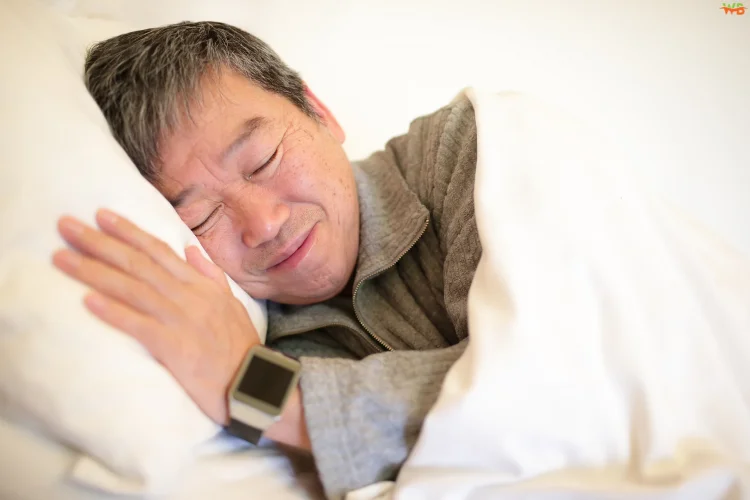
Choosing post surgery home care could reduce your chances of hospital readmission by 70% compared to recovering in a hospital bed. This significant difference highlights why more patients are opting to heal in the comfort of their own homes.
Recovery from major procedures like knee replacements, heart surgery, or cancer treatments can be challenging, requiring substantial support for daily activities. During this time, you’ll need proper guidance and care to prevent common complications, especially since the recovery process can extend for weeks or even months after your procedure.
This comprehensive guide will walk you through everything you need to know about safely recovering at home after surgery. From setting up your living space to managing daily activities, we’ll help you create an environment that promotes healing and prevents setbacks in your recovery journey.
Setting Up Your Home for Recovery
Creating a recovery-friendly environment starts with strategic modifications to your living space. Primarily, focus on setting up a dedicated recovery area on your main floor to minimize stair usage. Your bedroom should have essential items within arm’s reach, including medications, phone chargers, and water bottles.
Bathroom safety requires particular attention. Install grab bars by the toilet and in the shower for support. Furthermore, add non-slip mats both inside and outside your tub to prevent falls. A shower chair and hand-held shower hose make bathing safer and more comfortable while you heal.
Your kitchen needs thoughtful organization, notably moving frequently used items to counter height. A kitchen cart helps transport heavy items safely, while keeping meals and snacks easily accessible and supports proper nutrition during recovery.
Additionally, these general safety modifications are crucial:
- Remove throw rugs and secure carpet edges with double-faced tape
- Install nightlights in hallways and bathrooms
- Clear all pathways of furniture and clutter
- Place frequently used items at waist to shoulder height
Consequently, prepare your home before surgery whenever possible. Stock up on essential supplies, arrange for meal delivery or prep frozen meals, and ensure your phone stays within reach at all times. These preparations create an environment that promotes healing while maintaining your independence during recovery.
Daily Recovery Activities Guide

Establishing a structured daily routine marks the cornerstone of successful post surgery home care. Initially, focus on gentle movements and basic activities to build strength gradually. In this case, the help of a live-in caregiver will be highly beneficial if you have one.
Walking serves as your primary recovery exercise. Start with short, frequent walks of 5-10 minutes when you first return home, gradually increasing the duration each week. Moreover, incorporate rest periods between activities, as fatigue is normal during recovery.
Pain management plays a crucial role in your healing journey. Take prescribed medications regularly for the first 4 days before slowly reducing dosage as your comfort level improves. Subsequently, incorporate these essential daily activities:
- Perform muscle toning exercises twice daily
- Practice deep breathing exercises 5 times daily
- Practice deep breathing with a spirometer at least 10 times every hour while conscious.
- Take short walks every hour after the first day
For optimal recovery, avoid lifting anything heavier than 10-15 pounds during the first six weeks. Primarily focus on light housekeeping and meal preparation activities that don’t strain your body.
Exercise progression requires patience and careful attention to your body’s signals. Begin with basic bodyweight movements, then gradually advance to resistance band training. Therefore, if an activity causes discomfort, consider your upper threshold limit and adjust accordingly.
Remember to pace yourself throughout the day. Taking frequent breaks helps prevent overexertion and supports proper healing. Your recovery journey requires balancing activity with adequate rest periods to ensure optimal healing outcomes.
Using Technology for Better Recovery

Modern technology has opened new possibilities for safer and more effective post surgery home care. Remote patient monitoring devices now allow healthcare teams to track your recovery progress without requiring frequent hospital visits.
Wearable devices like smart patches and monitoring systems track vital signs and activity metrics to ensure your safety during recovery. These devices measure:
- Heart rate and respiratory patterns
- Physical activity and sleep patterns
- Temperature and oxygen levels
- Wound healing progress through photos
Primarily, telemedicine platforms have made post-operative care more accessible, reducing follow-up calls by 15% and hospital readmissions by 10%. Specifically, virtual consultations with your surgical team allow them to assess your recovery, manage pain medications, and address concerns without you leaving home.
Digital health apps have similarly enhanced the recovery experience by providing personalized guidance. These applications offer medication reminders, track symptoms, and guide you through recovery exercises. Alternatively, some apps enable secure sharing of wound images with your healthcare team, allowing them to monitor healing progress remotely.
Presently, patients report high levels of comfort and satisfaction with continuous vital sign monitoring. Undoubtedly, this technological support provides peace of mind, as your healthcare team can detect potential complications early and adjust your care plan accordingly. This combination of remote monitoring and virtual care has made post surgery home care more efficient while maintaining the quality of recovery support.
Let’s Wrap Up
Post surgery home care has evolved significantly, offering a safer and more effective recovery path than traditional hospital stays. Through proper home setup, structured daily activities, and modern technology, you can create an environment that promotes healing while maintaining independence.
Safety modifications throughout your living space, combined with a well-planned daily routine, significantly reduce recovery complications. Additionally, remote monitoring devices and telemedicine platforms now provide constant support from your healthcare team, ensuring quick responses to any concerns during your recovery journey.
Remember that successful recovery depends on following your prescribed activity schedule while respecting your body’s limits. Though technology offers valuable support, your commitment to proper rest, gentle exercise, and medication management remains essential for optimal healing outcomes.
Your home recovery success relies on balancing activity with rest, using available technology wisely, and maintaining open communication with your healthcare providers. This approach not only speeds up your healing process but also helps prevent hospital readmissions, making your recovery journey both comfortable and effective.

I’m Salman Khayam, founder of Wellbeing Junction. I synthesize trusted information from research and expert guidance to create clear articles across health, wellness, and lifestyle topics.
Disclaimer: Content is for informational purposes only and is not medical advice. Consult a qualified expert regarding personal health or specialized questions.
Discover more from Wellbeing Junction
Subscribe to get the latest posts sent to your email.

